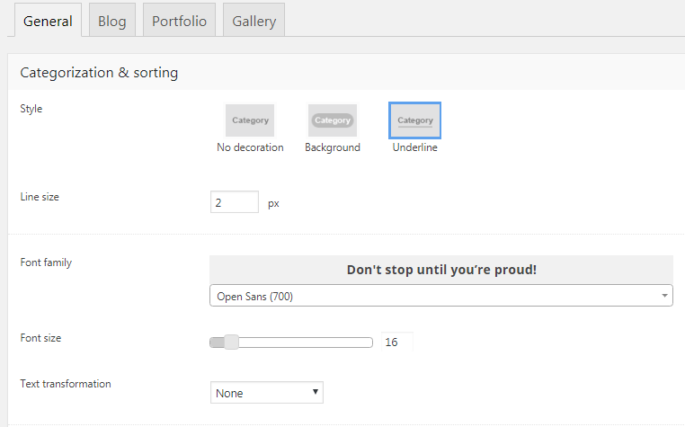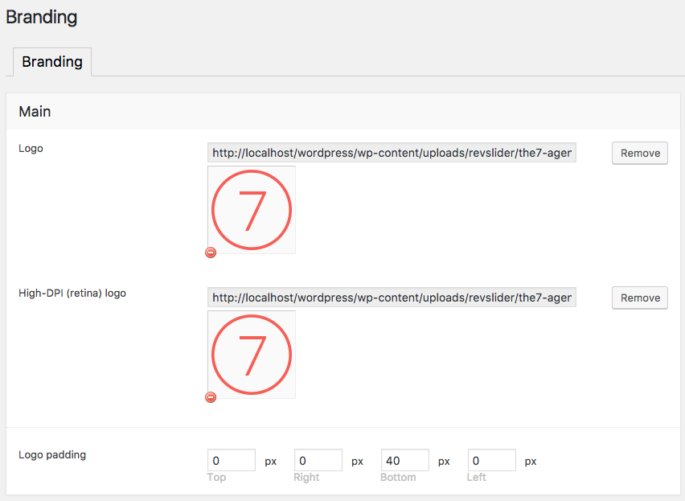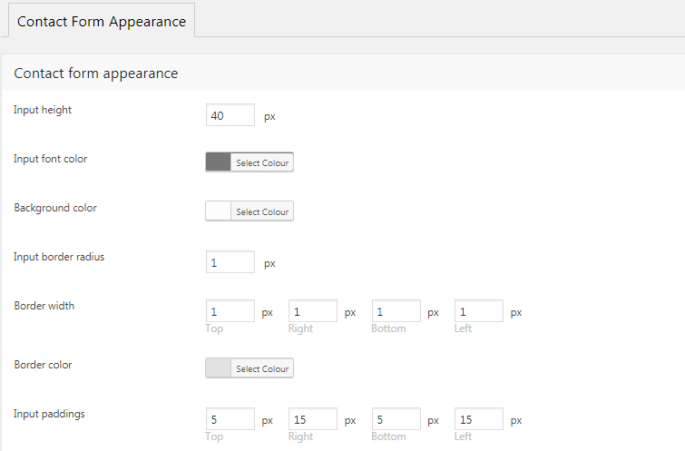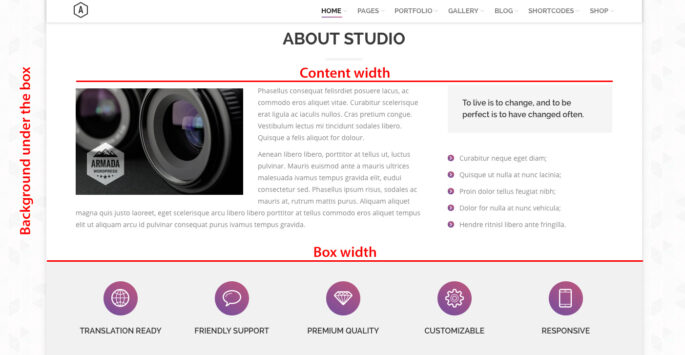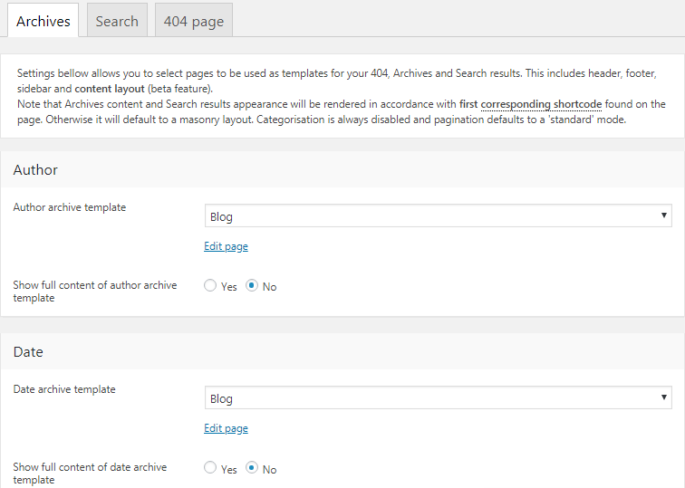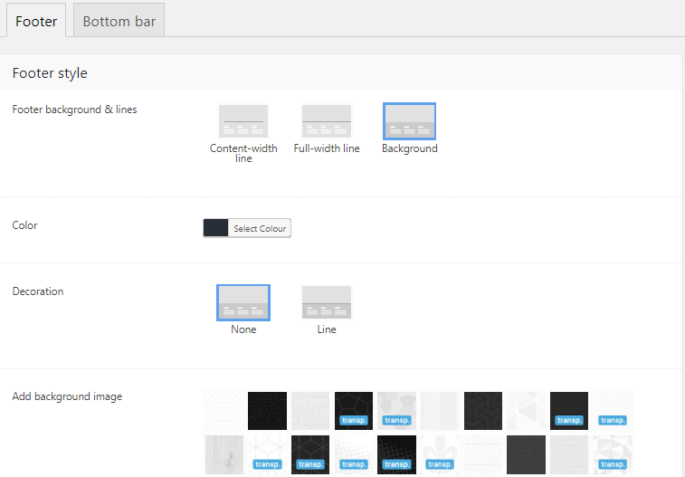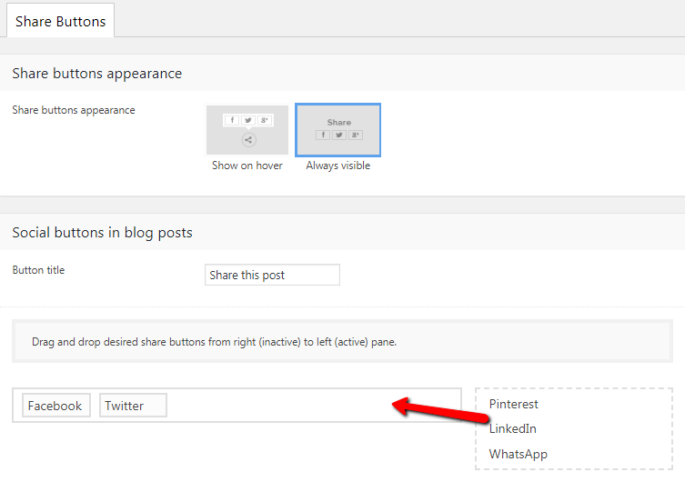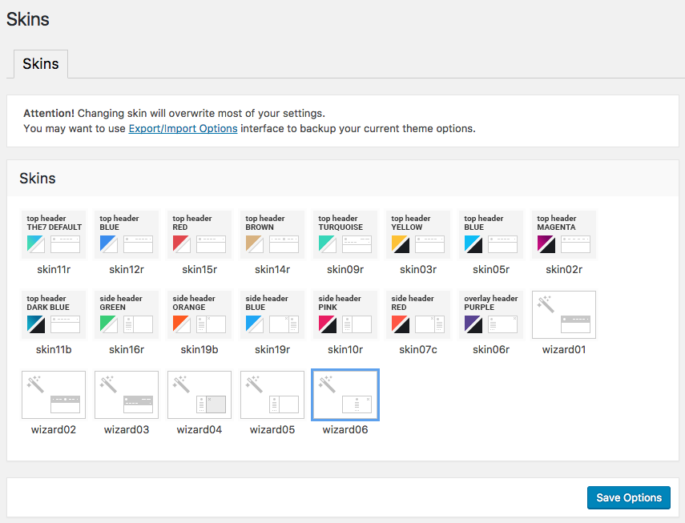Post Types
This section of Theme Options allows to manage appearance of Blog, Portfolio and Gallery posts, if “The7 Elements” plugin is enabled. General This tab allows to define style for pagination and category filters (see fig. 1): decoration, line size, font settings, padding and margins, as well gap below category filter and above pagination. Fig. 1. General…
